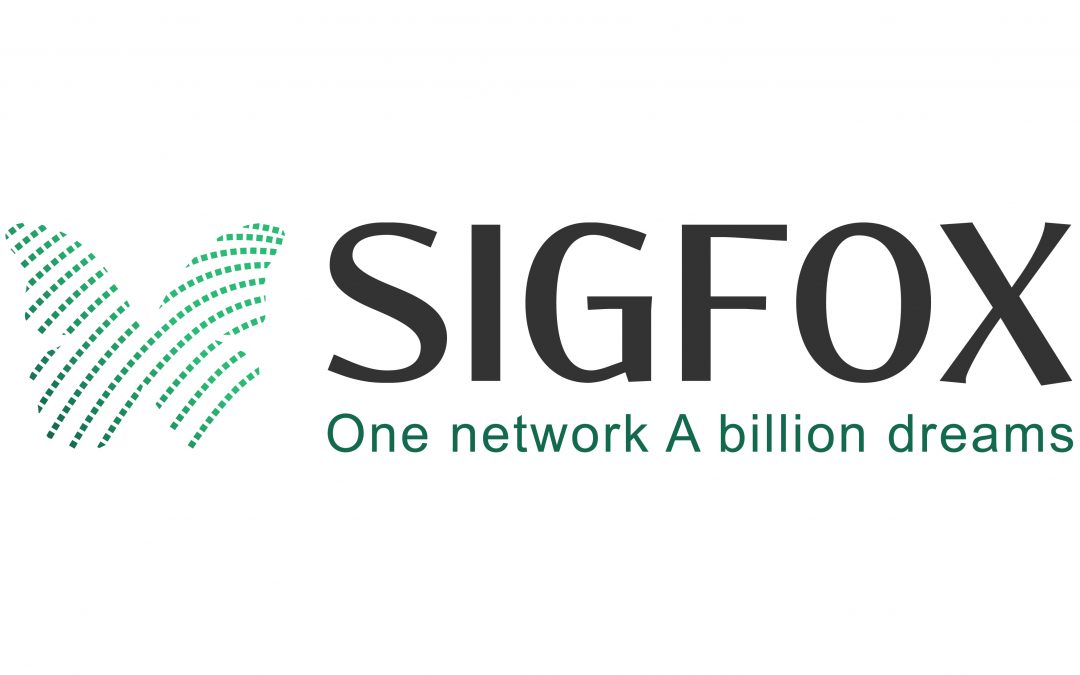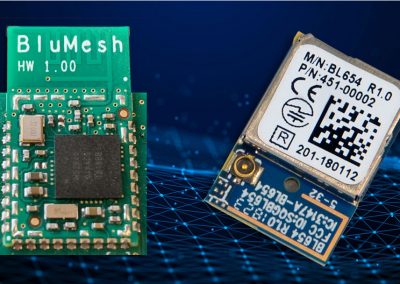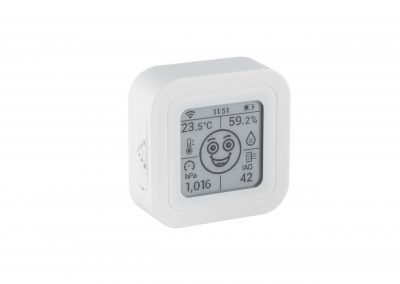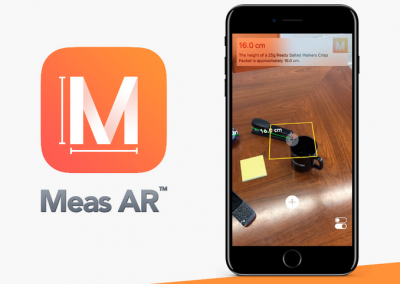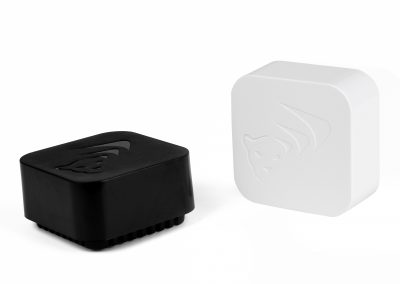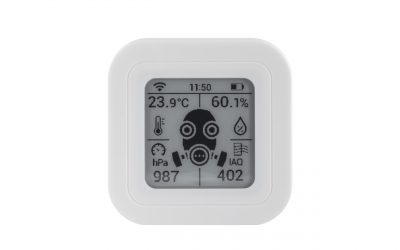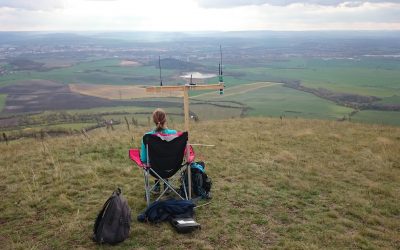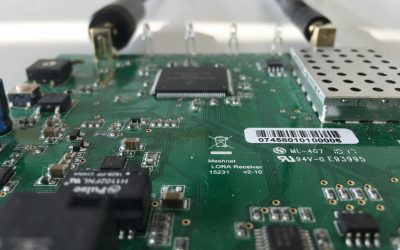How is Sigfox Different ?
For wireless ISM bands, there is normally a receiver within the communications range of the sensors. The receiver acts as a gateway to the cloud and is normally powered at all times.
For Bluetooth based networks, a mobile application on a mobile device or a local gateway is the way to get the data to the cloud. Mobile devices can only receive data when the appropriate App is running on the mobile device (there are new technology developments that will be discussed in another paper). If a Bluetooth receiver is present, it will normally be powered all the time. The distance between the sensors and gateway is quite limited and this technology is more suited to proximity related and low range applications.
Sensors with Wi-Fi can push data directly to the cloud. Presence of a Wi-Fi network is mandatory and additional care has to be taken to ensure the sensors maintain and follow network changes especially in B2B installations where security measures can force periodic changes to the network security parameters. For battery powered sensors, they cannot be on the network all the time and have to join the network when they have to send data. When ‘Wi-Fi HaLow’ becomes available, it promises to overcome the difficulties and compete in the low power IoT arena.
Sensors with cellular interfaces (GPRS, 3G, 4G, etc) can push data directly to the cloud without the need of a gateway. These have a drawback in that the cost per sensor is higher, the SIM cards have to be managed and sensors cannot give the same battery performance as in low power networks. The registration time, power requirements to communicate with the cellular networks have to be carefully managed.
LoRaWAN and Neul based sensors and technology will be discussed in other papers.
Sigfox have addressed much of the difficulty mentioned above by providing an infrastructure that allows you to install a battery powered sensor without the need of a gateway, and the data is available on the cloud.
For companies wishing to develop products using this technology, it is important to join Sigfox as support is available through their approved partners (including Mesh-Net). To maintain the control, all products and modules have to be approved and registered with the Sigfox Network Operator (SNO). Just like cellular networks, there is a cost per device that will need to be discussed with the Network Operators.
Sigfox Approved Partners
As the network is growing, more players are getting involved in development and products. As they are all registered with Sigfox, the information is available from Sigfox as partners in a number of areas, including:
- Chip Makers – Chipsets for Sigfox, including Texas Instruments, Atmel, Silicon Labs, On-Semiconductor
- Module Makers / Kit Makers – These are companies that have developed and sell Sigfox approved modules. It is much easier to get a product to market as it eliminates the design and approval effort required for the RF design
- Design Houses / Tech Hubs – Companies that can help you accelerate your development programs having previously designed or been involved a Sigfox product development
- Platform Providers – IoT platform providers that have integrated data from the Sigfox portal
Devices – If you do not have the volumes to justify a development, you may find someone who has the product you need already available.
It will be helpful to select a partner (depending on your requirements) who can work with you from the start to end of project. Even though Sigfox are very responsive to direct enquiries and so should the Network Operators in your country, the partners generally have their own contacts to accelerate the responses should they need to contact them.
The Sensors
Sensors can be developed using chipsets or modules. The preference is based on the volumes expected for the product. All products have to be approved by Sigfox and this has to be taken into consideration at the component selection process.
The sensors can be battery powered and operate much the same as wireless sensors in the ISM bands. Most times they can wake, push the data and go back into sleep mode. The wake period is longer than for ISM sensors mainly due to the long range provided by the technology at low power.
By managing the upload times and using ‘report on exception’ techniques, sensors with 10 year battery life can be achieved.
The data packets sizes have a restriction (12 bytes) and the technology is mainly for small data sets. For larger data sets, multiple packets have to be sent and this technology is not suited for audio, video transfer or large amounts of data being streamed in real time.
The Wireless Technology
In the UK and Europe, Sigfox utilises the 868Mhz band at 14dBm, utilising two-way ultra-narrowband (UNB) technology. There are 2 channels, one for uplink and one for downlink. This allows products not only to send data to the Sigfox Portal but also to receive small data packets back, generally for configuration.
In addition to the packet size restrictions, the number of uploads and downloads are also controlled by Sigfox and the restriction must be adhered to.
Provided there is a Sigfox base station in your installation area, data transmitted from the sensor will be received and made available on the Sigfox Portal.
It is advisable to get a Sigfox kit from your preferred supplier and try out the communications. This can become the reference for your designs. Your product will be approved within a Class and as this becomes the performance indicator for your product, it is important to address this at the start of any project.
The Sigfox Portal
The Sigfox Portal receives and manages data from all Sigfox devices. It can receive data from the same sensor through multiple base stations and makes decisions, averages, and stores the most relevant data in the Portal.
Data is stored as it is sent with additional information such as Product ID and RSSI level of the signal received. Sigfox provide APIs’ (Application Programming Interfaces), to allow you to extract the data from their Portal.
The data is stored in the same format as transmitted by your sensor and the conversion of your data into useful data for your client is left to your software.
About Mesh-Net
Mesh-Net have developed Sigfox solutions for our clients. The involvement is from design to Sigfox approval. Our wireless experience allows us to understand and advise clients on the system design, selection process and design from conception to manufacture. As a result Mesh-Net are on the Sigfox partner network as a design house: https://partners.sigfox.com/companies/mesh-net-ltd .
Feel free to contact us for further information on sales@mesh-net.co.uk
Recent Projects
COVID-19 and Air Quality
At this present unprecedented time, the main topic for many discussions is COVID-19 and how it has affected your business and working methods. Data sources have shown concentrations of Nitrogen Dioxide (NO2), a pollutant mainly emitted by road transport have...
Renewables Business Analytics
Business Analytics (BA) is probably the most common terminology used in business today. It generally refers to collecting data within the business to help visualize their performance and make data driven decisions on improvements. It is a cyclic process of...
BluMesh Performance
What is BluMesh?BluMesh® is Mesh-Net’s new proprietary Bluetooth 5 mesh networking protocol developed for Industrial IoT (IIoT) applications including Smart Buildings, Lighting, Metering, Wireless sensor networks, Renewable Energy, Data Centers, Remote Monitoring,...
LoRa Line Of Sight Range Test
A few weeks ago we attempted a Line of Sight (LoS) range test for our LoRa transmitters and receivers but we soon ran out of LoS range (see https://www.mesh-net.co.uk/lora-range-tests/). As it is difficult to find several kilometers of LoS in London, we headed to the...
LoRa Range Tests
Not quite Line of Sight Test (869 Mhz LoRa) What started off as a Line of Sight (LoS) range test for our LoRa transmitters, soon became not quite LoS as we ran out of room. So we decided to keep on going... Through bushes - LoRa signal getting through without a...
Official Bluetooth Mesh Network
Bluetooth technology now supports mesh networking, unleashing the incredible potential of many-to-many communications. With Bluetooth mesh, tens, hundreds, or even thousands of devices can now connect to automate homes and businesses, create wireless sensor networks...

